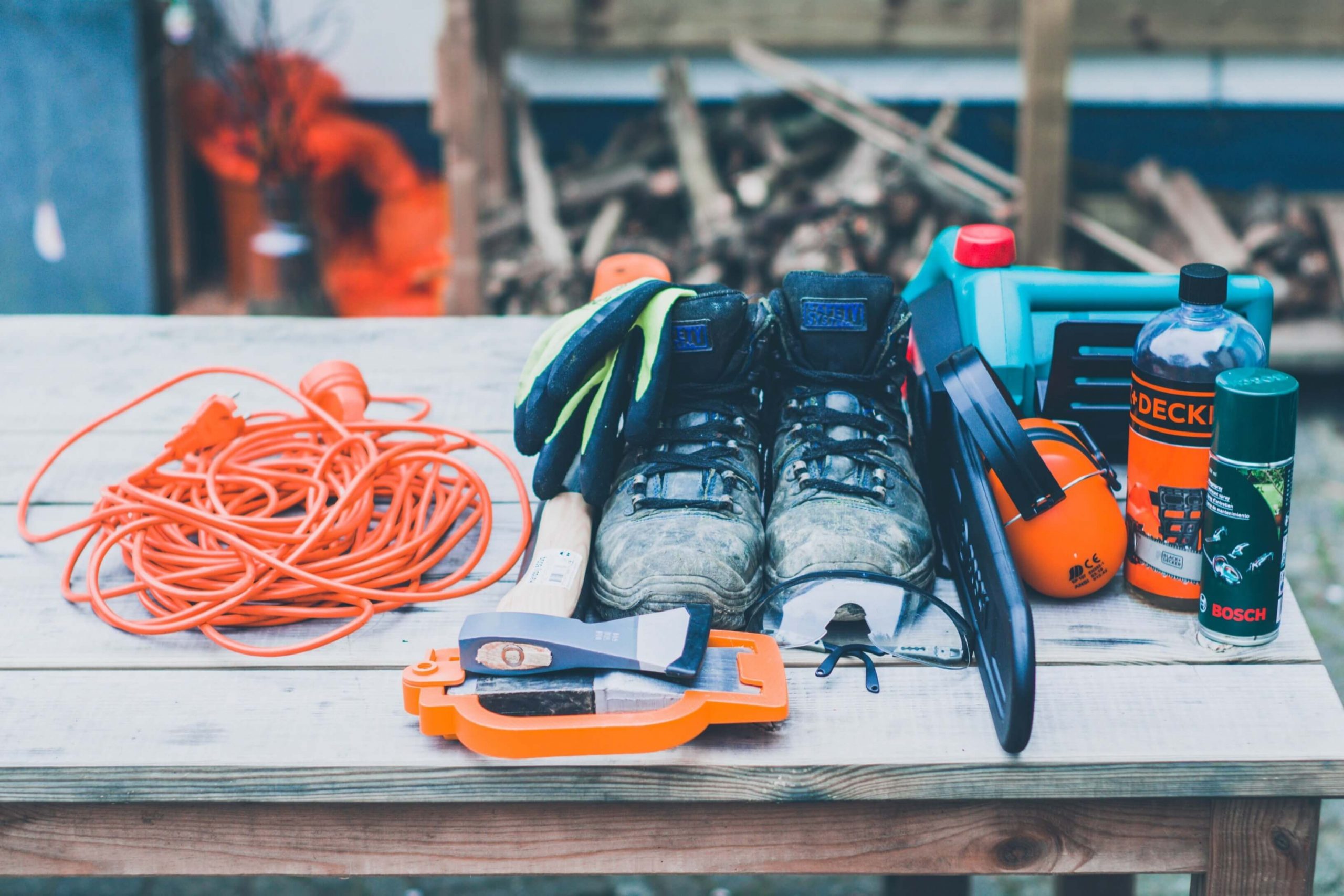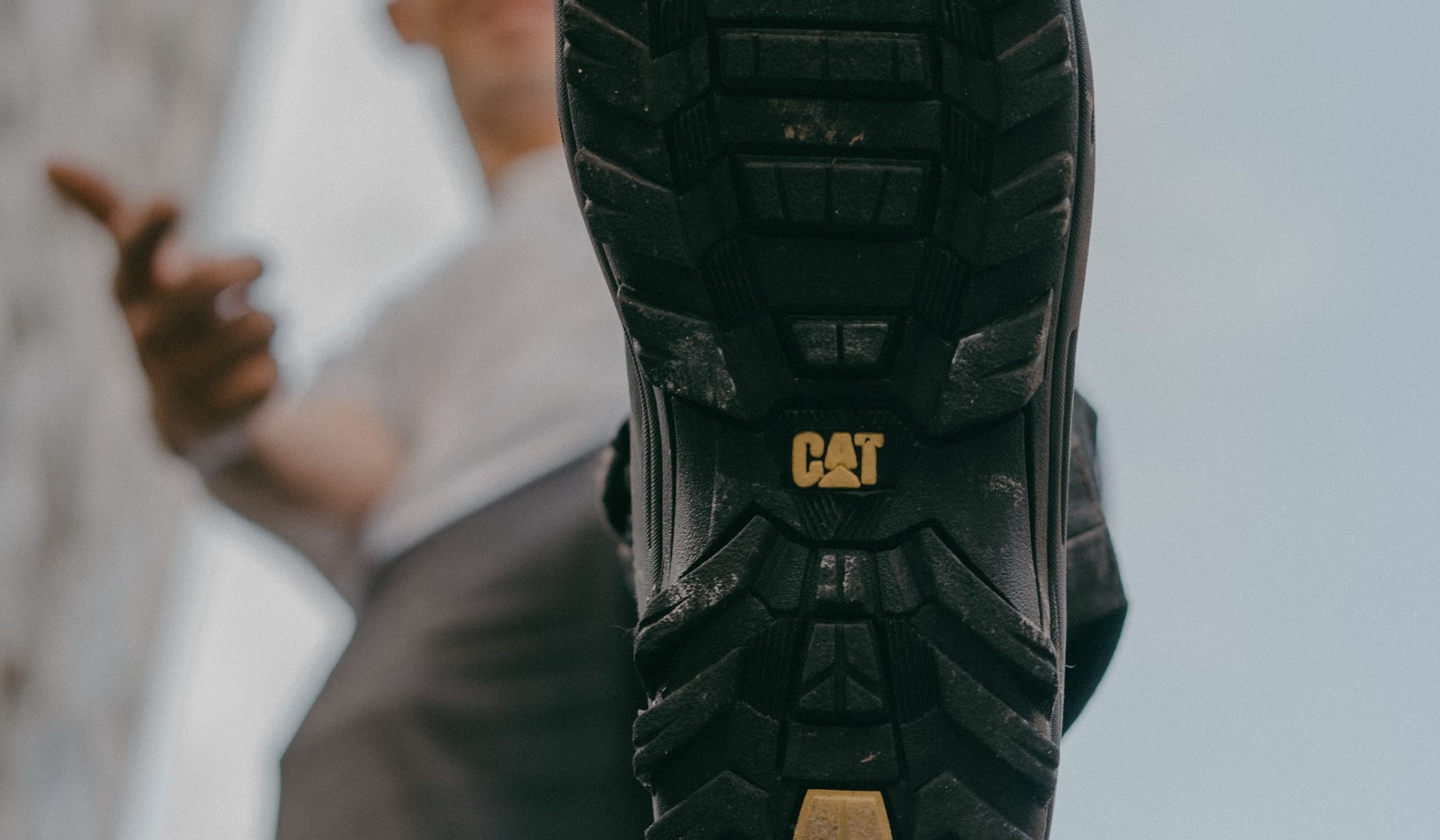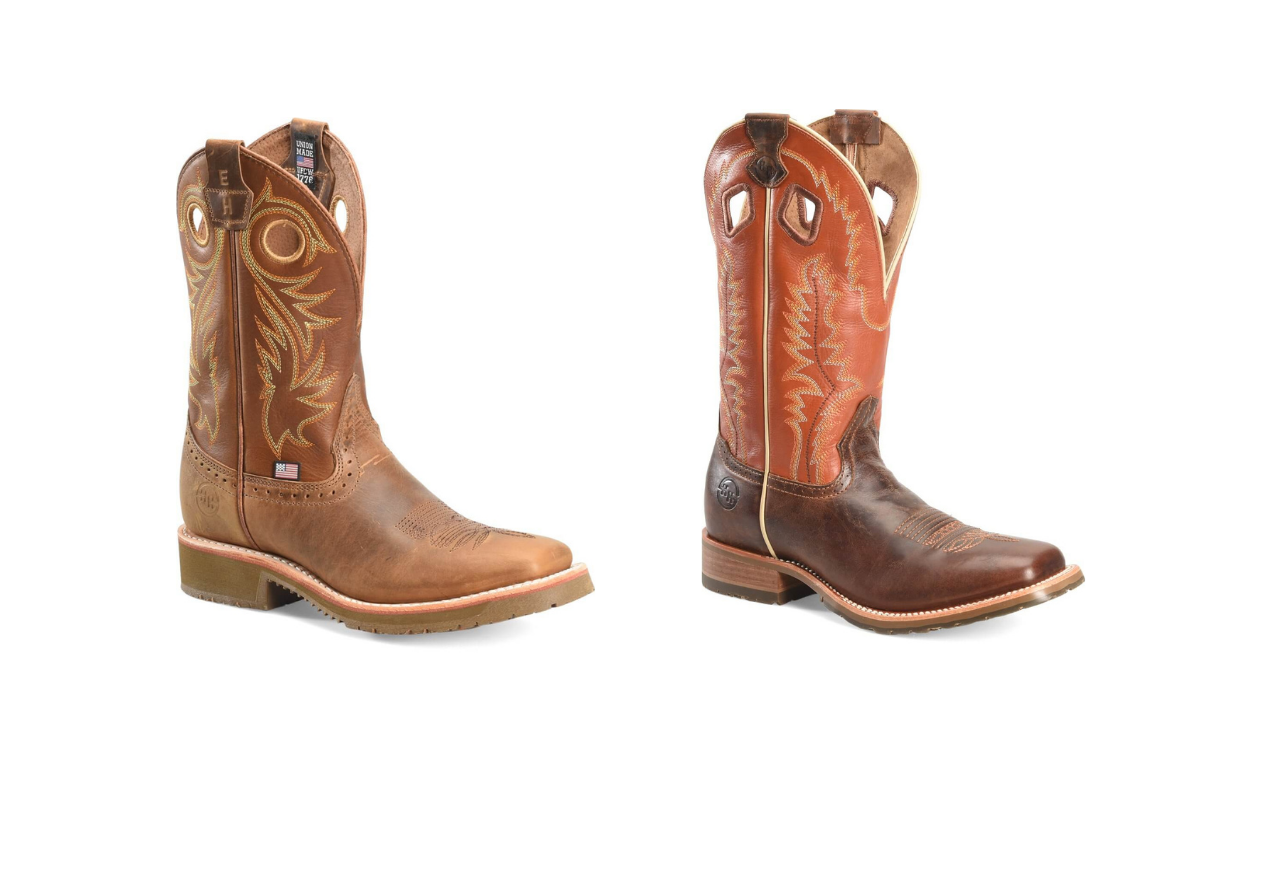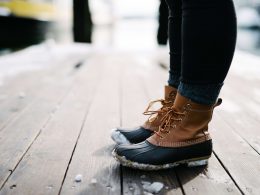Workwear Guru is reader-supported. When you buy through links on our site, we may earn an affiliate commission. Learn more
Safety toe work boots are a must to protect against various workplace hazards and accidents. There are plenty of alternatives available when looking for safety boots, but two of the most common are composite toe and steel cap boots.
However, how do you choose between the two? Is one better than the other? What makes one better than the other? First, let’s see their differences, the pros & cons for each, and which one is a better fit for you.
Difference Between Composite Toe and Steel Toe
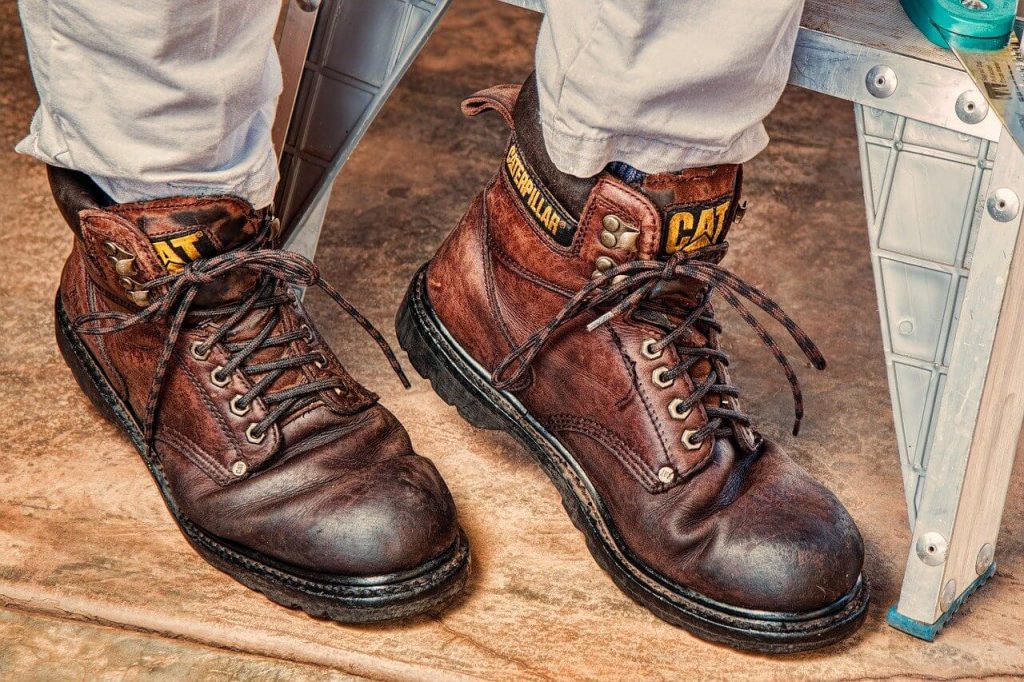
What exactly is the difference between steel toe and composite toe work boots, which could be the best choice? Understanding what differentiates steel toe work boots from composite toe work boots can help you make a confident and well-informed purchasing decision.
Material
As the name suggests, steel toe work boots feature a solid steel safety toe cap. This type of toe cap incorporates thick steel that makes up the toe bulk and a steel layer over the midsole for puncture protection. Metal is an excellent thermal conductor, meaning that the steel in your boot allows the heat from your warm foot area to transfer to the colder environment, thus, making your foot feel colder.
On the other hand, composite toe boots consist of no metal at all. Instead, a mix of other materials makes up the safety toe cap, such as Kevlar, rubbers, carbon fibers, and plastics. Because the materials of composite toe shoes are not quite as strong as the steel used in steel toe shoes, composite boots have to be thicker and more bulbous. Meanwhile, because plastic is what many composite toes are made of, it is a good thermal insulator meaning that these boots will less readily transfer heat.
Protection
Safety footwear manufacturers follow the standards developed by ASTM International. Those standards specify that protective footwear must be tested to withstand impact and compression. Thus, manufacturers need to know what happens when something heavy falls or rolls onto the shoe.
Steel toe shoes are designated to protect the feet of electricians, construction workers, and other workers who operate in a hazardous environment. Still, composite toe boots are considered safer in this regard as they do not conduct electricity. As they can withstand a higher impact mass, steel toe boots provide more protection than composite toe boots.
As far as protection from impacts, composite toe shoes can offer just as much protection. In the end, whether it’s made of steel or composite material, ASTM-compliant safety-toe footwear will provide a sufficient level of security.
Comfort
One thing that determines—or in this case, compromises—the comfort of a safety shoe is its weight. That’s why the several benefits in comfort are what have made composite toe shoes more popular as of late has been. Ultimately, steel toe caps are heavier than composite toe caps. Due to their materials, composite toe shoes are much lighter than steel toe shoes and offer more space for the toes. Since they are lighter than the steel toe alternative, they reduce stress and fatigue on the legs and joints.
When it comes to comfort, the steel toe and composite toe are not the only factors that make the difference. Features such as cushioned insoles, padding, breathability, and a non-binding design have quite an impact.
Durability
As for durability, neither composite toe nor steel toe disappoints. But being made of steel, steel toe caps are more durable in case of continuous compressions due to heavy load.
When it comes to composite toe shoes, the composite materials tend to weaken significantly after the first tests or the first occurrence of a significant impact or compression. Therefore, it is recommended that composite toe safety shoes be replaced after an accident or event that causes stress to the toe.
Composite Toe vs. Steel Toe: Pros & Cons
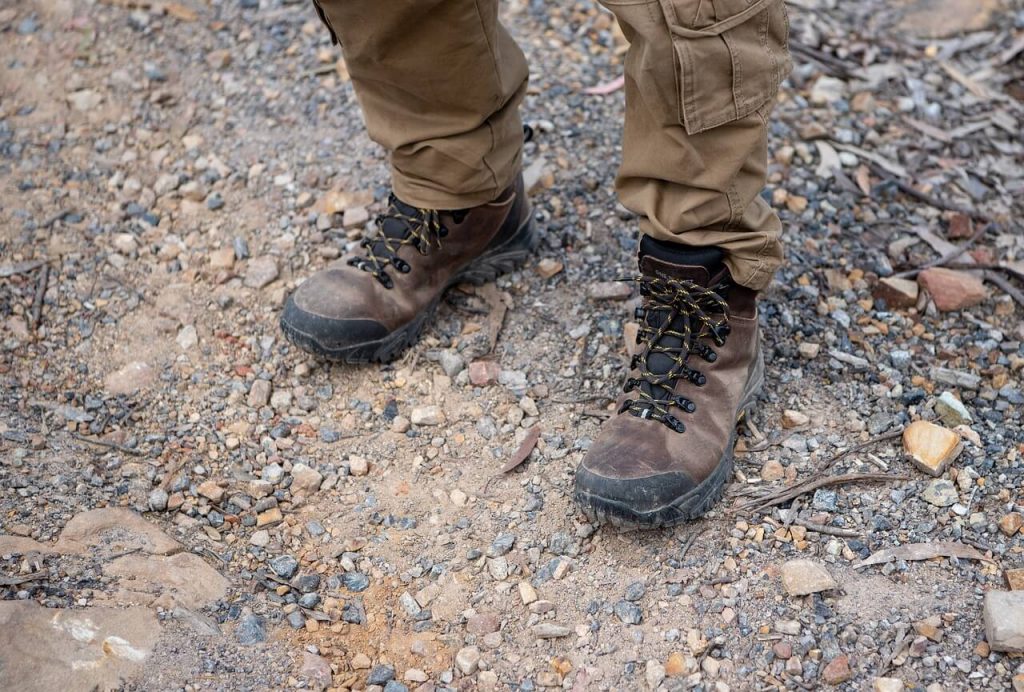
Composite Toe
- Lighter weight
- Metal-Free
- Prevent Sparking
- Thermal Insulation
- Bulkier
- Puncture protection not as great
Steel Toe
- Strongest toe protection
- Thinner toe
- Affordable
- Puncture protection
- More styles, sizes, and shapes available
- Heavier
- Not warm in winter
- Not fitting for workers in the electrical field
How to Choose the Right Work Shoes for You?
The environment, the field you work in, and the pants’ fit could play a huge role in your decision. Consider these two points before choosing the boots that will most benefit you.
Work environment
Certain conditions call for a remarkably different type of safety toe. If you work in a plain field with no influence from the environment, then you are safe to choose either steel or composite toes. However, if you work around heavy equipment, safety toe work boots with steel toes can be a better option.
However, you may have to reconsider if temperature plays a big part in your work environment. As aforementioned, steel is an excellent conductor. Operating in cold conditions puts your feet at risk of freezing, and in high temperatures, at risk of burns and lacerations. Composite safety toes are suitable for use in both cold and sweltering conditions since they provide the best insulation of any kind.
In addition, for individuals who walk around for long distances or stay on their feet all day, a composite toe boot would be more convenient. This is because the lighter materials they-re made of make the whole boot weigh much less than a work boot with a steel toe.
Fit
Here, it’s more a question of how a particular pair of shoes accommodate your feet. In this case, you should consider the size and shape of the boot itself because the material of the toe cap can make a real difference.
In good news, lately, this safety work footwear offers a qualitative, comfortable, and flexible fit, similar to how the latest sports and hiking boots are using newer technology to accommodate the environment or activity.
If you’re looking for work boots that offer protection and lightweight, consider shoes that use the latest advanced materials for their sole, upper, and insulation. If you work in cold conditions and are looking for comfortable shoes, you should wear shoes or boots insulated and waterproof. Ensure that the protective caps of your shoes fit your feet well. Some offer more room than others, and there are more than one style and shape of the cap. Pick what suits your feet the best.





